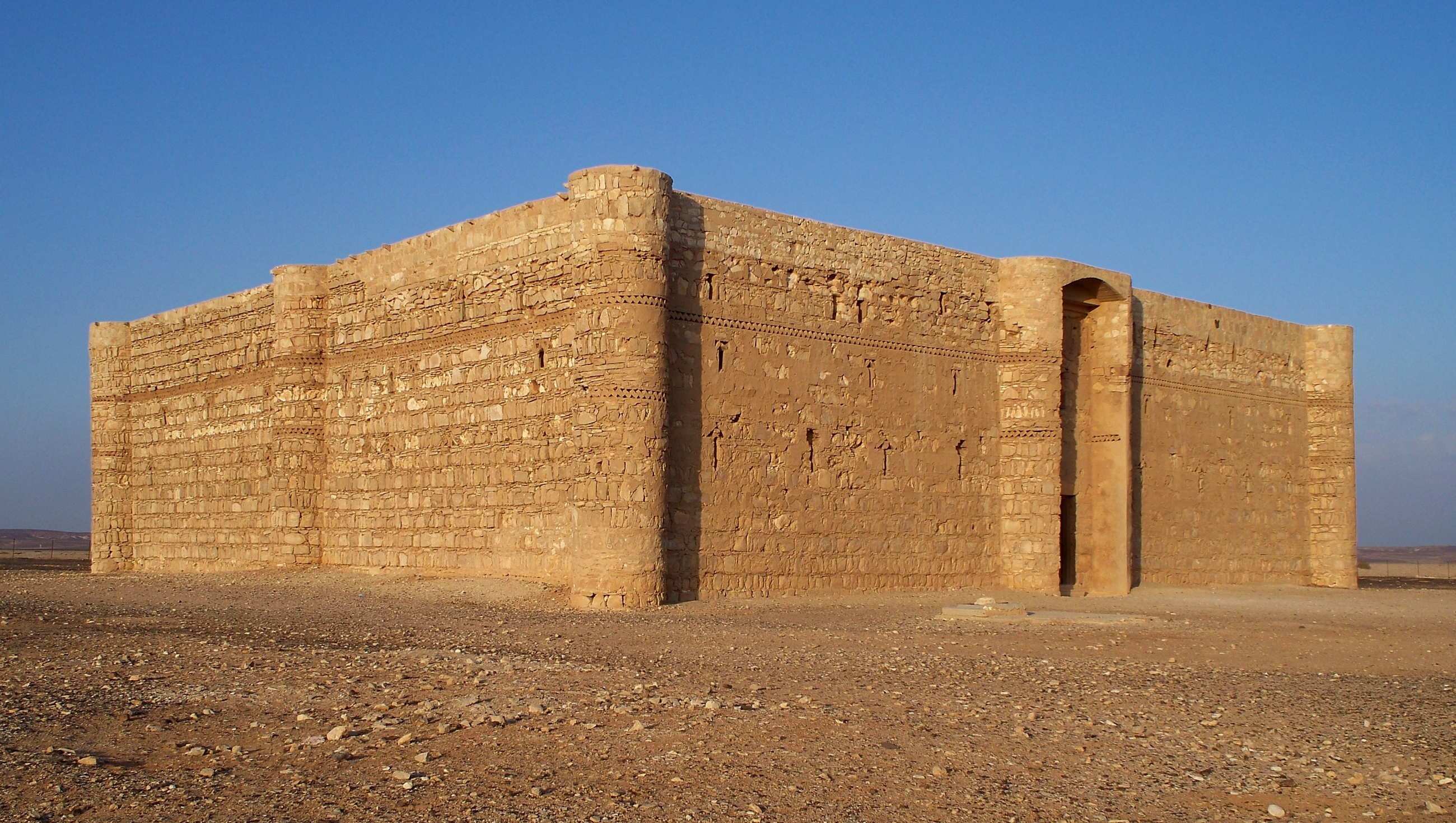Mshatta (Jordan)
Enlarge text Shrink text
Information for Authority record
Name (Latin)
Mshatta (Jordan)
Other forms of name
El Meshetta (Jordan)
El Mushetta (Jordan)
Meshetta (Jordan)
Meshita (Jordan)
Mushatta (Jordan)
Mushetta (Jordan)
Qasr al-Mschatta (Jordan)
Qaṣr al-Mushattá (Jordan)
Qaṣr al-Mushattah (Jordan)
Qaṣr el Mushatta (Jordan)
Qasr elMushetta (Jordan)
Coordinates
36.010278 36.010278 31.7375 31.7375 (gooearth )
See Also From tracing topical name
Palaces Jordan
See Also From tracing place name
Jordan
Other Identifiers
Wikidata:
Q1636168
Library of congress:
sh2017003818
Sources of Information
- Work cat.: 2016509124: Qasr al-Mschatta, c2016:v. 1, t.p. (early Islamic palace in Jordan) p. 8, etc. (built in mid 8th century under Umayyad caliph Walid II; facade is housed in the Museum für Islamische Kunst in Berlin)
- GEOnet, June 20, 2017(Qaṣr al Mushattá; ancient site in al 'Āṣimah, Jordan; 31°45'03"N, 036°00'51"E; variants: El Meshetta; El Mushetta; Meshita; Mushatta; Qaṣr al Mushattah; Qaṣr el Mushatta; Qasr elMushetta)
- Dict. of Islamic architecture, 1996(Mshatta; palace located on the border of the desert in Jordan, about 25 km south-west of Amman; generally dated to late Umayyad period)
- Grove encyc. of Islamic art and architecture, 2009(Mshatta; variant names: Mshattá; Mushatta; Qaṣr al-Mushattá; unfinished Islamic palace 25 km south of Amman, Jordan; may have been built by caliph al-Walid II (reigned 743-4))
- Encyc. Britannica online, June 29, 2017(under desert palace (Umayyad architecture): Mshattá; in Jordan)
1 / 11
Wikipedia description:
Qasr Mushatta (Arabic: قصر المشتى, romanized: Qasr al-Mshatta, lit. 'Winter Palace') is the ruin of an Umayyad winter palace, probably commissioned by Caliph Al-Walid II during his brief reign (743-744). The ruins are located approximately 30 km south of Amman, Jordan, north of Queen Alia International Airport, and are part of a string of castles, palaces and caravanserais known collectively in Jordan and the wider Southern Levant region as the Desert Castles (qasr, pl. qusur). Though much of the ruins can still be found in situ, the most striking feature of the palace, its facade, has been removed and is on display at the Pergamon Museum in Berlin. The complex was never completed.
Read more on Wikipedia >
 Corporate Body
Corporate Body


.jpg)









